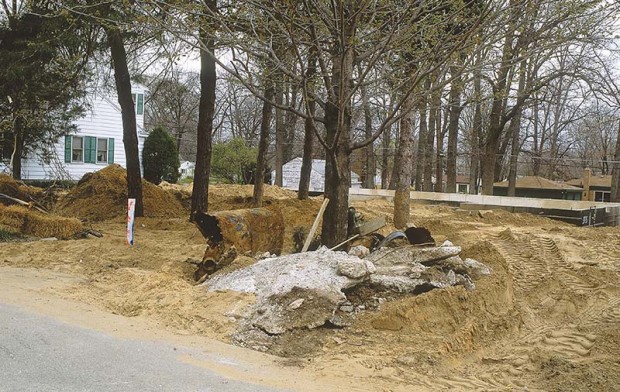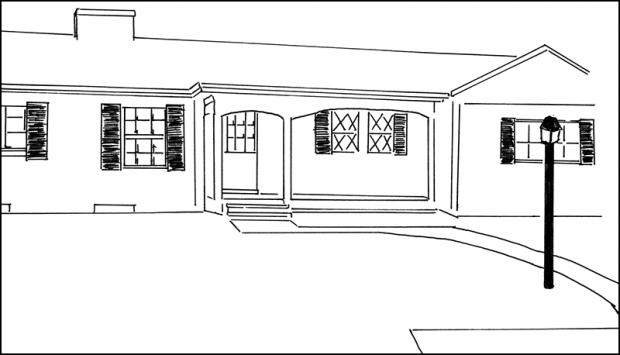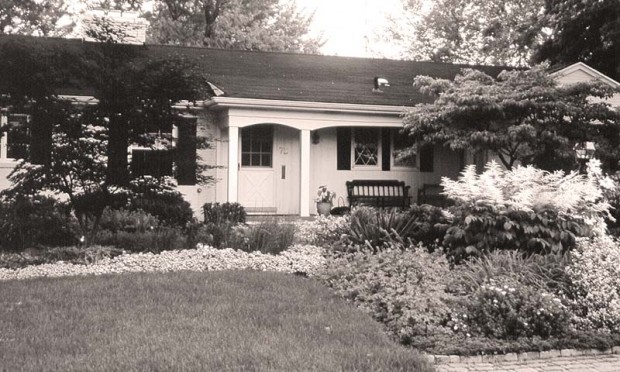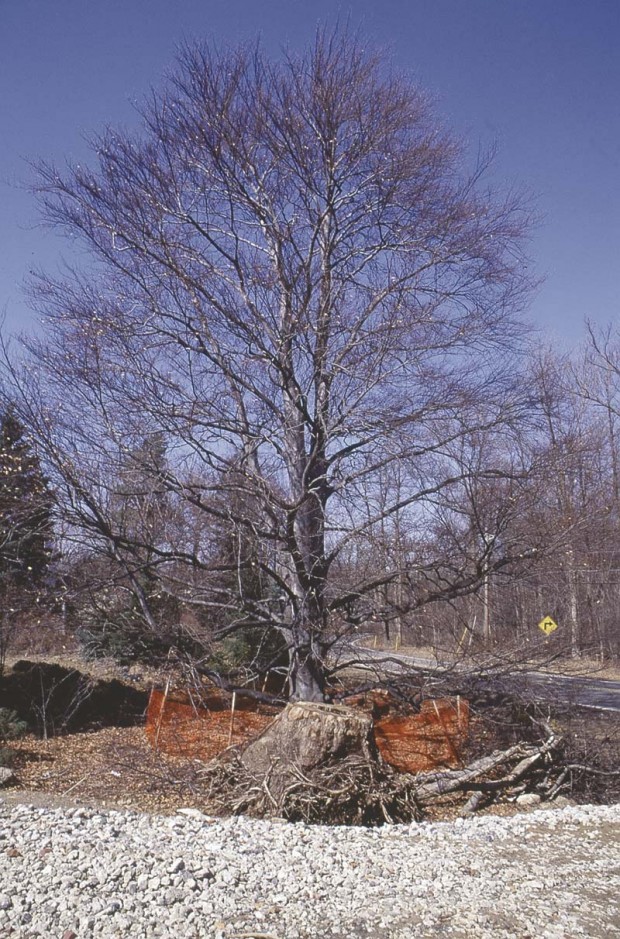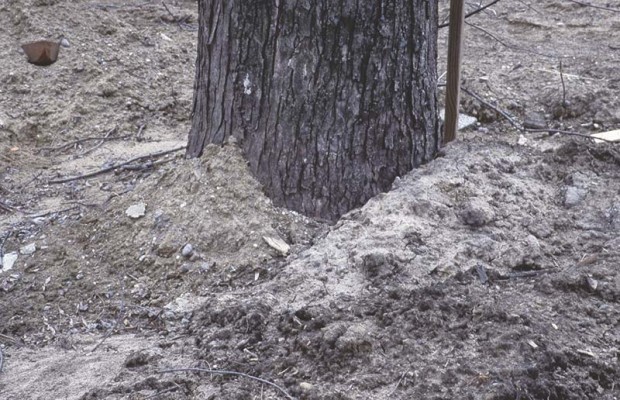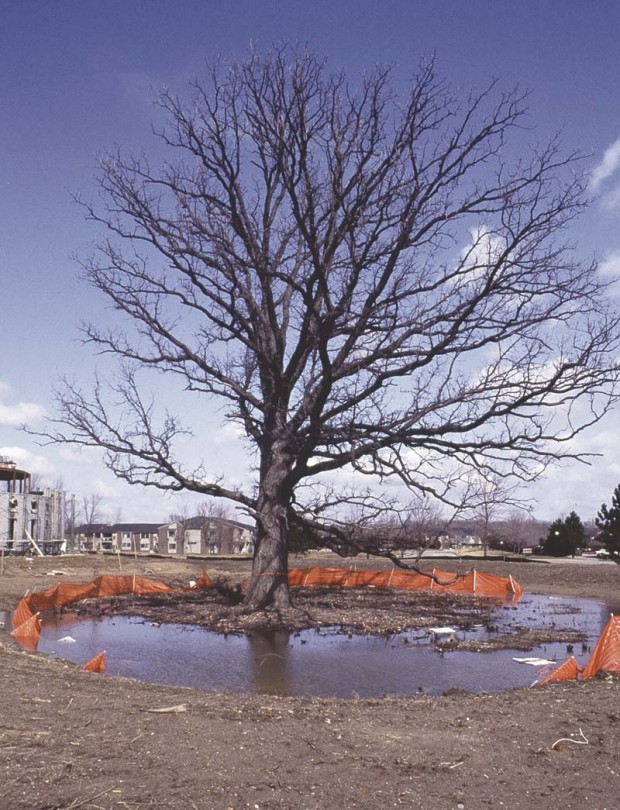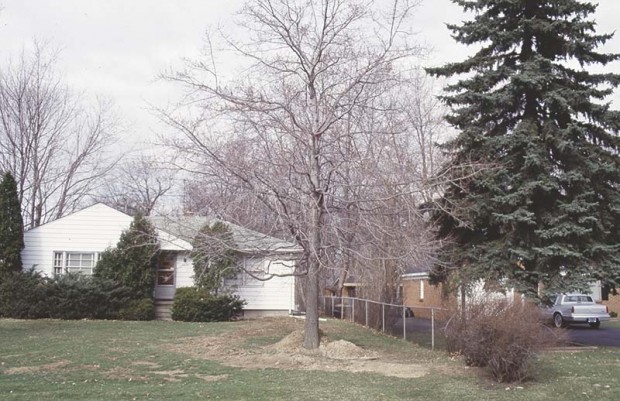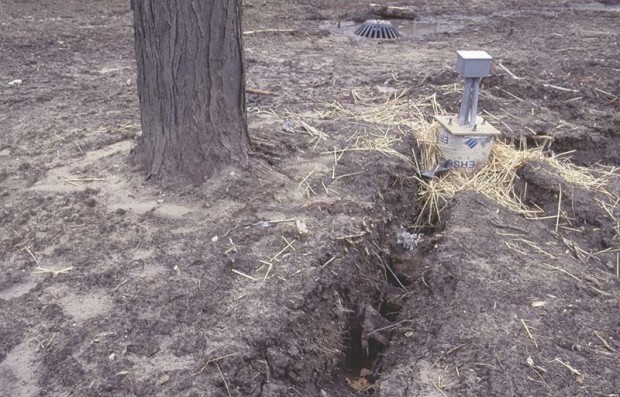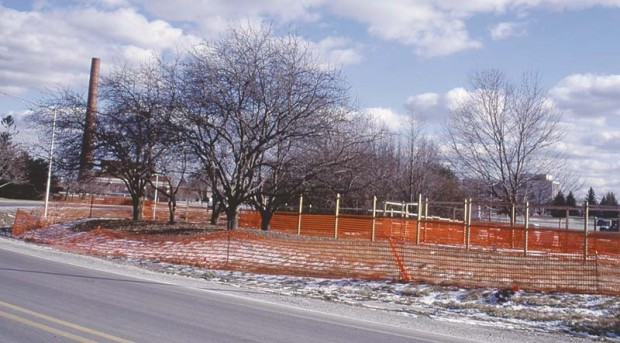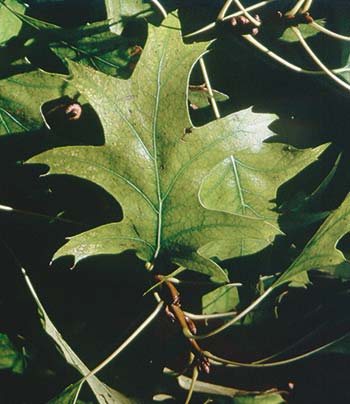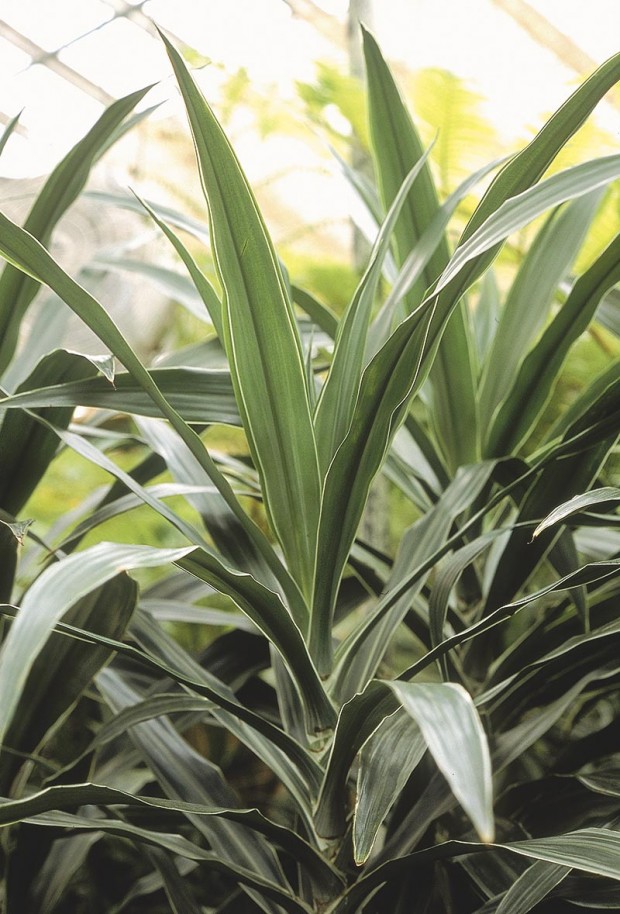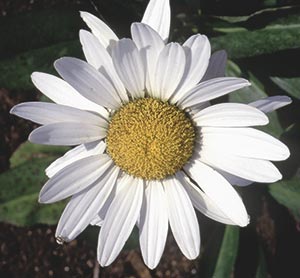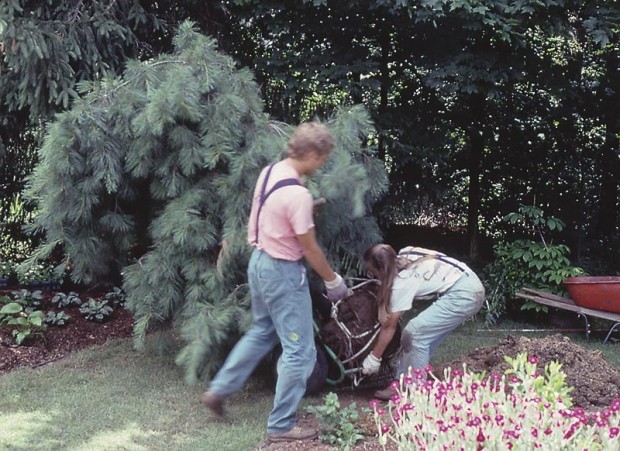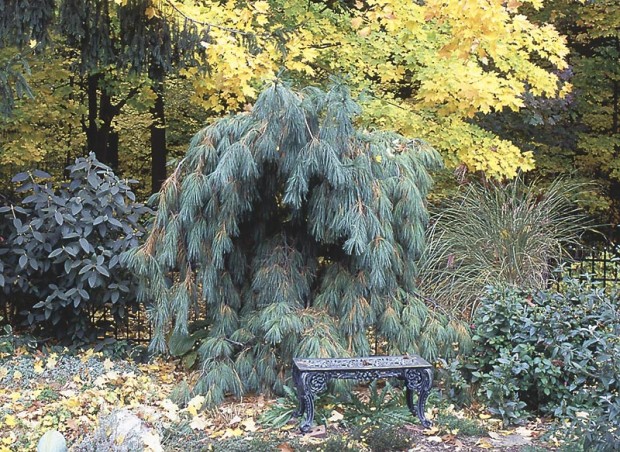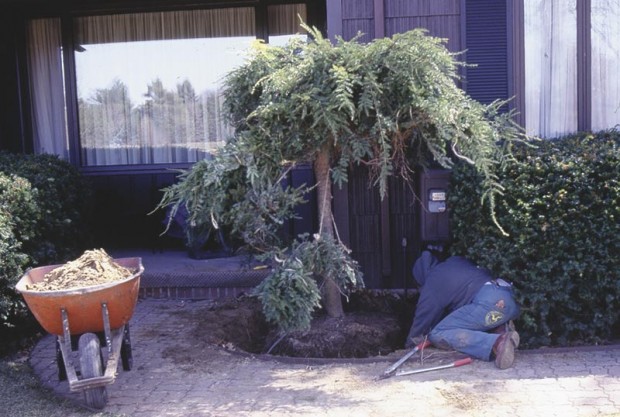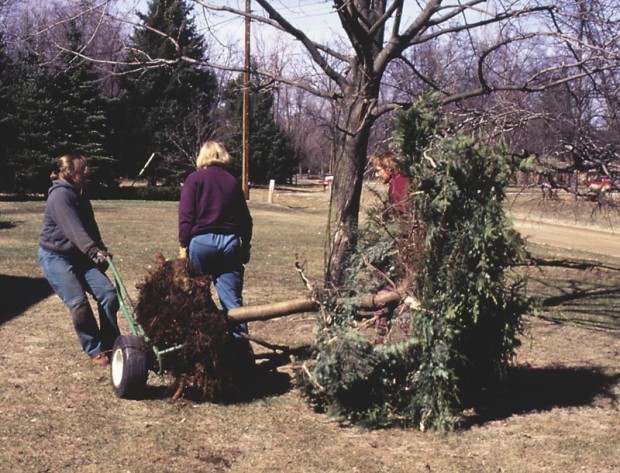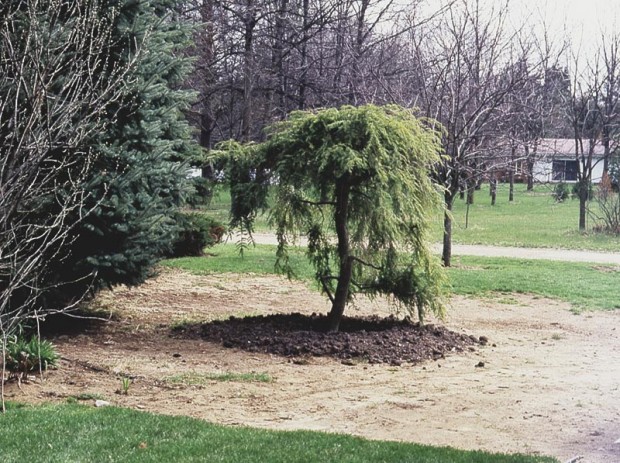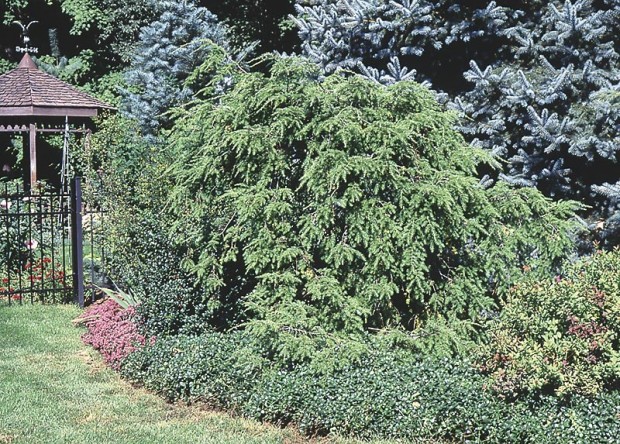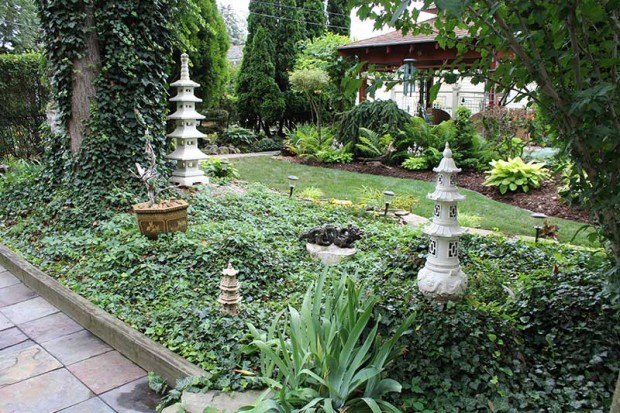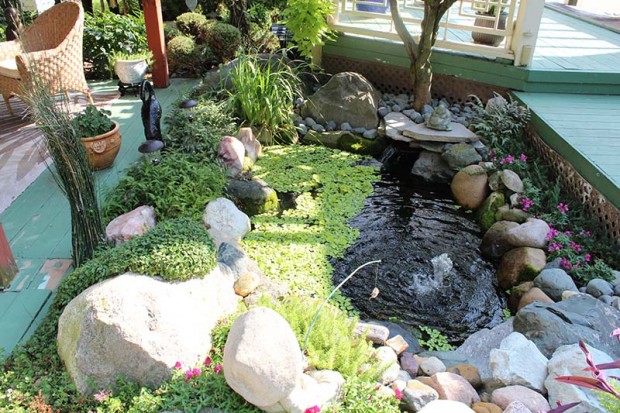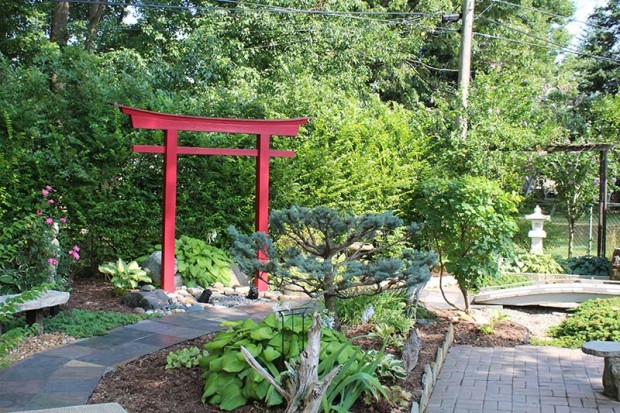Our vegetable garden is over part of our septic field. This is the only part of our yard that gets enough sun. Can there be a problem with possible contamination?
There can be a problem with contamination. Unless your septic tank is completely self-contained and does not permeate into the soil, there are health concerns. Most governmental units have mandated households to convert to self-contained systems to protect Michigan’s groundwater from contamination.
Septic effluent contains chemicals and pathogens potentially harmful to people, animals or plants. Soil types affect how a septic system behaves. Clay soils release cleared effluent in a few inches. However clay does not percolate or drain well and is not a good choice for a septic site in general. Sandy soils permit greater travel of effluent and pathogens, because they drain so quickly. In that case, contaminants can travel greater distances.
Root crops such as carrots or potatoes, which grow in the soil, are likely to pick up pathogens from effluent in the soil over, next to, or downhill from drain field trenches. Leafy crops like lettuce or broccoli that develop above ground may be contaminated by pathogens that splash up from the soil surface during watering or a rainfall. Above ground crops like those that vine (cucumbers, tomatoes, peppers), are less likely to be affected by splash up since they grow vertically out of the way. Homes where water is “hard” and which use a salt-based water softener system are more apt to be passing high levels of brine into the septic drain field. These salts can damage plants that grow nearby.
As septic effluent drains out into the lines, it is filtered slowly through the soil. Beneficial soil microbes digest harmful bacteria and viruses. While septic systems are designed to prevent disease-causing soil contamination, there is no easy way to know if your system is functioning properly. In addition to bacteria, consider all the household chemicals that go down your drains every day. Plants are by nature absorbing and processing “factories,” cleaning up the environment. All of this can end up in those vegetables you planted in the only sunny part of your yard.

